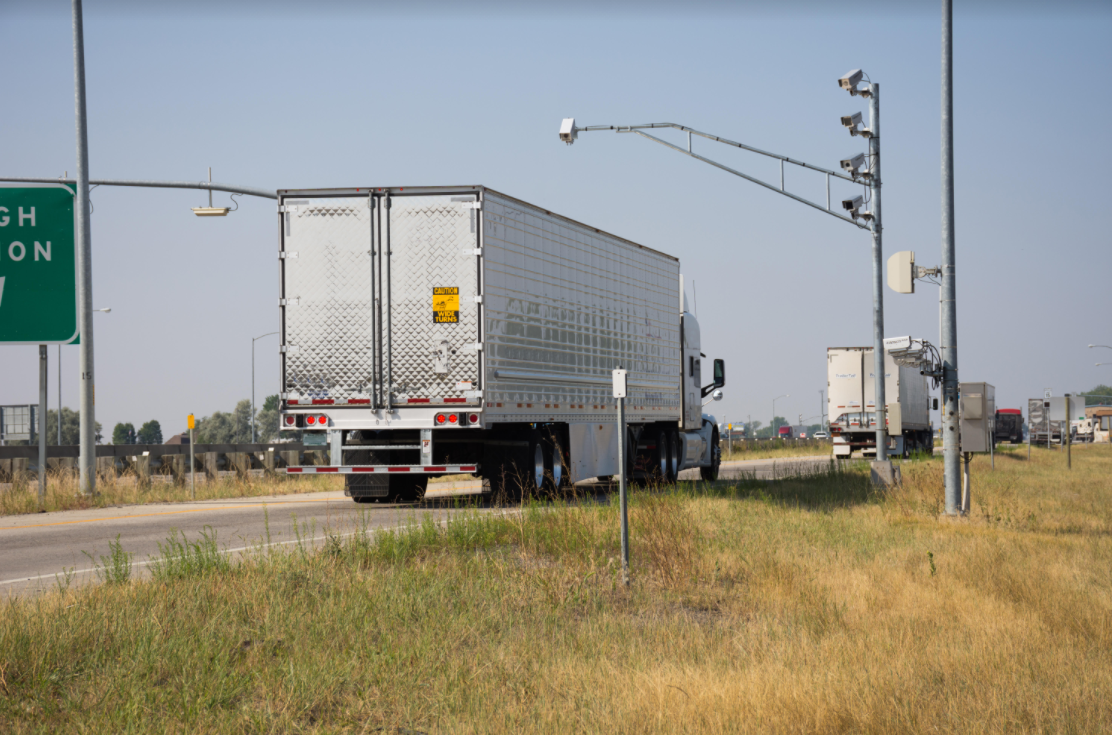Preserve Infrastructure
Infrastructure Performance Measures
Historical Infrastructure Index
In 2019, the methods for this calculation were changed to indicate the condition of the assets instead of how well the asset condition targets were met.
Infrastructure Index


Infrastructure Performance Measures
Pavement
These values represent the weighted average condition of high and low volume highways that are in good and fair condition, using the International Roughness Index (IRI), as the indicator.
Bridges
Bridge Health Index (BHI): The BHI is used as a structural performance measure and is made up of elements (deck, parapets, joints, overlay, etc.) rolling up to three separate scores (i.e. deck, superstructure, and substructure) that are weighted to underscore the importance of each category in overall bridge health. The element level evaluation is in accordance with the AASHTO Manual for Bridge Element Inspection (MBEI). Bridge condition data is by deck area and based on the annual submittal to FHWA in March in accordance with the Federal NBIS.
Intelligent Transportation Systems
This measure shows the percentage of Intelligent Transportation Systems field devices communicating with the Traffic Operations Center (including Closed-circuit Television Devises, Variable Message Signs, Traffic Signals, Ramp Meters, Traffic Monitoring Sensors).
The target is 100%.
Signals
These values represent the percent of UDOT traffic signals that are in good, average and poor condition.
The target is 100% in good/fair condition.